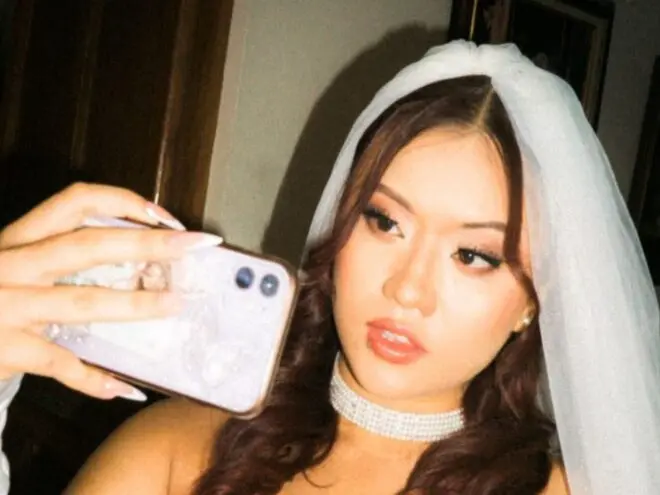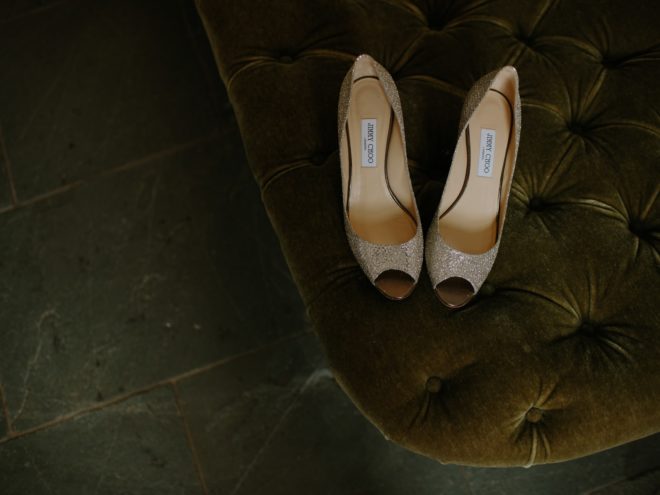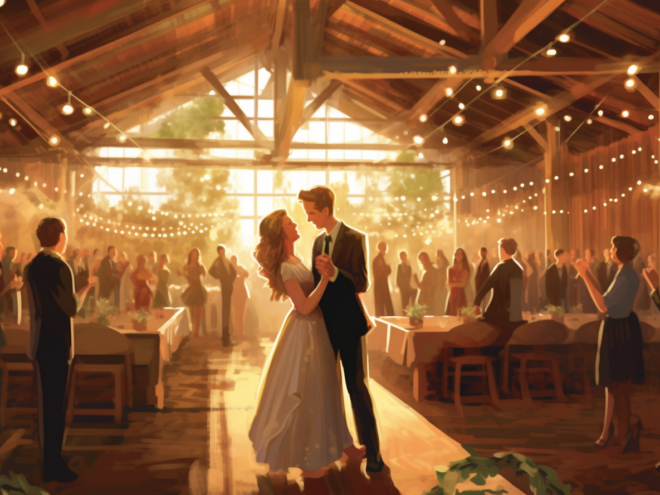Wedding Style • 08/01/2022
Why You Should Avoid Opal Engagement Rings
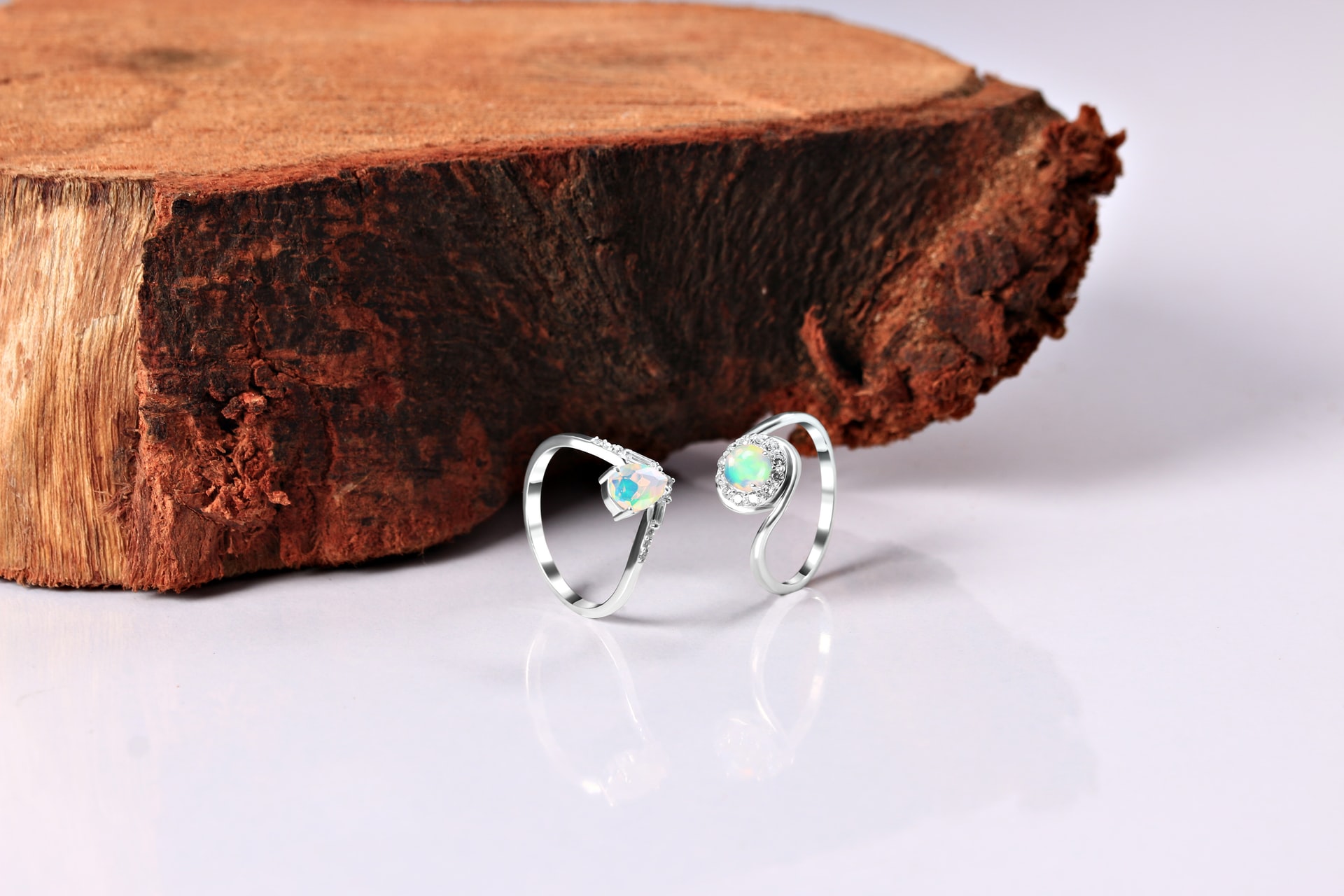
Revivalist is a reader-supported endeavor and our posts may contain affiliate links. When you buy through links on our site, we may earn an affiliate commission.
In the early 1800s, the Scottish writer Sir Walter Scott wrote a book called “Anne of Geierstein.” The story suggested that opals were bad luck and caused sales of the gemstone to decline in the UK. Ever since this story, opals have carried a stigma. However, literary superstition is not a good reason to avoid buying opal engagement rings.
Throughout history, many cultures and famous people have loved and collected opals. Examples include Queen Victoria, Cleopatra and John Rockefeller, among many others. Opals are a rare and beautiful gemstone and each one is unique. However, there is one major problem with opals. Keep reading to learn why you should avoid opal engagement rings.
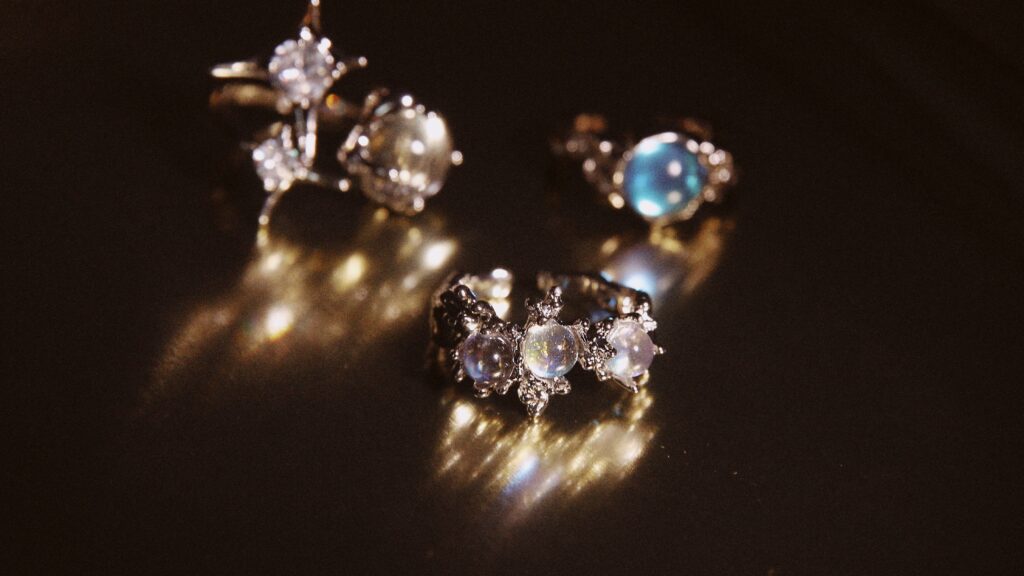
How Are Opals Formed?
Many gemstones are formed when minerals and water are exposed to the right temperatures and pressure. This process takes a long time and the minerals and conditions for each gemstone vary. Most gemstones have a crystalline structure, which means they’re highly organized at the atomic level.
Opals are formed when rainwater runs over sandstone underground. The water picks up silica from the stone and then evaporates, leaving the mineral behind. Eventually, this process creates opal deposits. Unlike other gemstones, opal doesn’t have a crystalline structure. Instead, it’s an amorphous material like amber or glass.
Over 90% of the world’s opals are mined in Australia. However, opals do occur in other countries around the world like Mexico, Ethiopia and Peru. The conditions in each location produce a different type of opal with unique properties and varied colors.
Types of Opal Rings
There are two main types of opal – precious and common opal, also called potch. Common opal comes in many different colors and doesn’t have rainbow flecks. Precious opal is formed when the silica spheres that make up the gemstone are uniform in size.
The colors inside a precious opal are referred to as “play-of-color,” and they vary depending on the rock’s formation. Tiny, uniform silica spheres create violet light, while larger ones are red. You can find opals with a light, grey, blue and black background. Black opals are rare and considered the most precious.
The rainbow colors inside an opal can create many different patterns. Some well-known opal patterns include Chinese writing, rolling flash, harlequin, pinfire and moss. You can observe these color patterns by turning an opal in the light.
Are Opal Rings Expensive?
Like other gemstones, the cost of an opal depends on the quality and rarity of the stone. Black opals are the most expensive because they’re rare and highly valued. In general, opals with brighter, more vibrant colors are more desirable and therefore more expensive.
In contrast, light opals tend to be inexpensive and affordable. Synthetic opals are less expensive than mined opals, but they aren’t able to replicate the irregular patterns of the natural gemstone. However, their regular structure makes them stronger and more durable.
A high-quality black opal can cost as much as $10,000 per carat. A 1-carat diamond can cost much less or much more than that, depending on its quality. If you like light opals and don’t mind wearing a fake one, you can get a beautiful ring for less than $100.
How Hard Are Opals?
Gemstones are measured for hardness on the Mohs Scale. Diamonds are considered the hardest gemstone and number 10 on the scale. Emeralds are a 7.5 to 8 and sapphires rank at a hard 9. However, opals are a relatively soft gemstone at 5 to 6.5 on the scale.
Because they’re so soft, opals are rarely cut in facets. Rounded shapes keep the stone safe and make them easy to clean. However, even with care, opals have a high risk of being damaged. This gemstone has a high water content, which means stones can also be dried out and ruined by chemicals.
Jewelers rarely recommend opal engagement rings because they’re so delicate. Engagement rings are meant to be worn for years and then passed down as a family heirloom. If your ring is damaged, you won’t be able to enjoy the stone for years to come. If you don’t worry about an opal on a daily basis, the risk of damage is high.
Are Opals Bad Luck for Engagement Rings?
Superstitions about opals date back to a fictional story from the the early 1800s in which a woman wore a hairpiece with an opal that always reflected her mood. However, when the opal got wet with holy water, it turned into a pebble, and the woman turned to ashes.
While the story is fictional, many people believed wearing opal was bad luck if it was not your birthstone. This superstition is not commonly believed today, though some people do still avoid the stone because of it. There may be some truth in the tale, however, as opals are very fragile and can tarnish easily.
Wearing opal jewelry will most likely not bring you bad luck, but it’s still not widely recommended by jewelers. The true bad luck may be that your treasured piece of jewelry will break.
Caring for an Opal Engagement Ring
Unfortunately, there aren’t any other gemstones that closely resemble opals. However, colored engagement rings are back in style due to Kate Middleton’s classic sapphire ring. Your engagement ring can be beautiful and unique even without an opal in it.
If your heart is set on having an opal engagement ring, just know that your ring will require caution. You shouldn’t submerge an opal underwater for an extended period of time, expose it to chemicals or wear it while doing activities that could scratch or nick it. Wearing an opal for special occasions is the safest way to enjoy and preserve this gemstone.
Subscribe to Our Weekly Newsletter
We would love to connect deeper with you!
